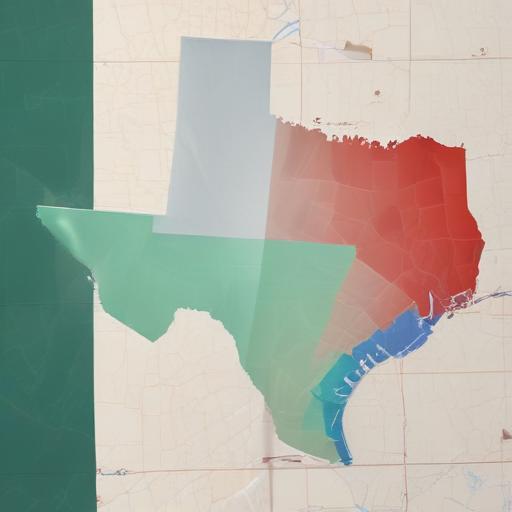Texas redistricting legacy and the race to protect democracy
A veteran Texan who helped elect a Democratic governor and lieutenant governor in 1990 recalls the 1991 redistricting effort as a time when politics sought balance. As an adviser to Lt. Gov. Bob Bullock, he says, the maps that year favored competition across districts, with Bullock inviting Republicans into the process to contribute ideas. Many districts were viewed as swing seats, a structure he believes was healthy for the state and the country.
The author argues that the short-term takeaway from 1991 is that Democrats should not disarm unilaterally. He notes that, with advances in technology and rising partisan polarization, politicians today have dramatically reduced the number of swing districts. While citizen-led independent redistricting commissions have gained momentum as a antidote to gerrymandering, the trend has shifted toward more partisan drawing of maps.
He points to Michigan as a leading example where an independent commission helped reduce gerrymandering and increased the number of swing districts, illustrating that independent processes can foster fairer outcomes. By contrast, he warns, the country is moving in the opposite direction, with Texas recently approving a mid-decade redistricting map aimed at eliminating five Democratic districts. California and other Democratic-leaning states are considering similar moves against Republican districts.
The author contends that democracy cannot endure if states pursue extreme partisan gerrymandering. Maps that largely lock in political advantages for one party can narrow the electorate to a small cadre of partisan voices, making compromise harder and governance more polarized. He uses a nuclear analogy—the race to outsize the other side increasing the risk of “mutually assured destruction” for representative democracy—and argues for a practical path forward.
Three-part path forward
First, in the short term, the author argues Democrats should not unilaterally disarm. He says GOP attempts to tilt the map for partisan gain will cause greater damage to democracy than any short-term advantage, and that a gradual negotiation may be necessary before the two sides converge on a fairer system.
Second, he calls for broad public advocacy against the brinksmanship that has brought redistricting into the political spotlight. Texas, as the epicenter of this debate, should see voters hold Republican policymakers accountable at the ballot box. The piece even suggests that if new GOP-drawn districts in Texas backfire, voters could swap Republicans for Democrats in Congress.
Third, the author endorses citizen-led independent redistricting commissions across states. He cites a 2021 attempt by Senate Majority Leader Chuck Schumer, which failed after Republican opposition, as a symptom of the broader impasse. He argues that gerrymandering remains unpopular with Americans and that a nationwide solution could become more broadly accepted as redistricting brinkmanship continues.
Looking ahead, the writer notes the momentum of the reform movement—independent commissions on the national stage could reframe how districts are drawn and help restore public faith in elections. As the fight over redistricting spreads from Texas to California and beyond, the piece holds to a hopeful view: that voters ultimately decide, and that a return to competitive districts could reinvigorate participation and governance.
Summary perspective
– The piece recalls a time when bipartisan input shaped Texas redistricting, contrasting it with today’s sharper partisan battles.
– It argues that the current approach to map drawing undermines democracy by concentrating political power and reducing competitive elections.
– It calls for three steps: strategic, non-unilateral action by Democrats; accountability through elections; and nationwide adoption of independent redistricting commissions, supported by public sentiment against gerrymandering.
– It ends with cautious optimism about voters’ ability to drive reform and restore balance to representation.
Commentary and value add
– This perspective highlights the enduring tension between partisan advantage and voter representation, a debate that has shaped redistricting debates nationwide for decades.
– The reference to Michigan’s independent commission provides a concrete model that readers can explore for understanding how nonpartisan processes work in practice.
– For readers, the article underscores the importance of civic engagement beyond elections, including advocacy for independent commissions and transparency in how districts are drawn.
Potential takeaway for readers
– Expect continued battles over how districts are drawn, with possible momentum toward independent commissions as a core reform to preserve competitive races and broader voter voice.
– The article reinforces the idea that while no system is perfect, independent, transparent processes may offer the best path to durable, representative governance.
Overall, the piece weighs the dangers of a “race to the bottom” in redistricting against a principled, citizen-driven reform agenda, ending on a note of faith in the electorate to push toward fairer maps.
